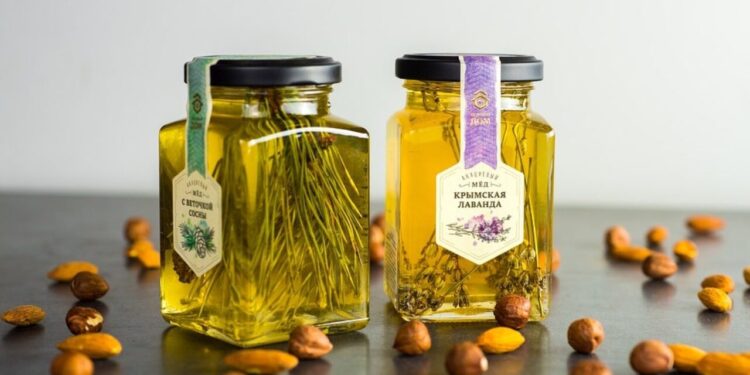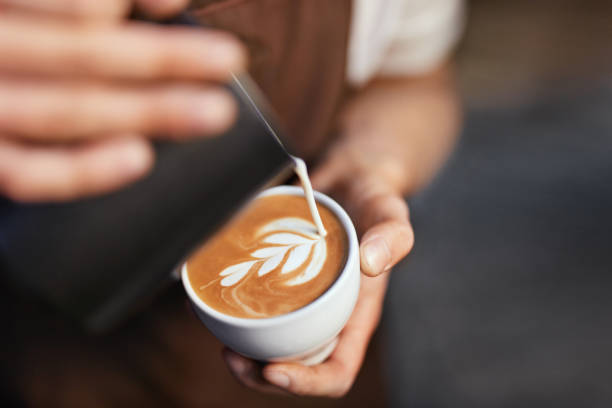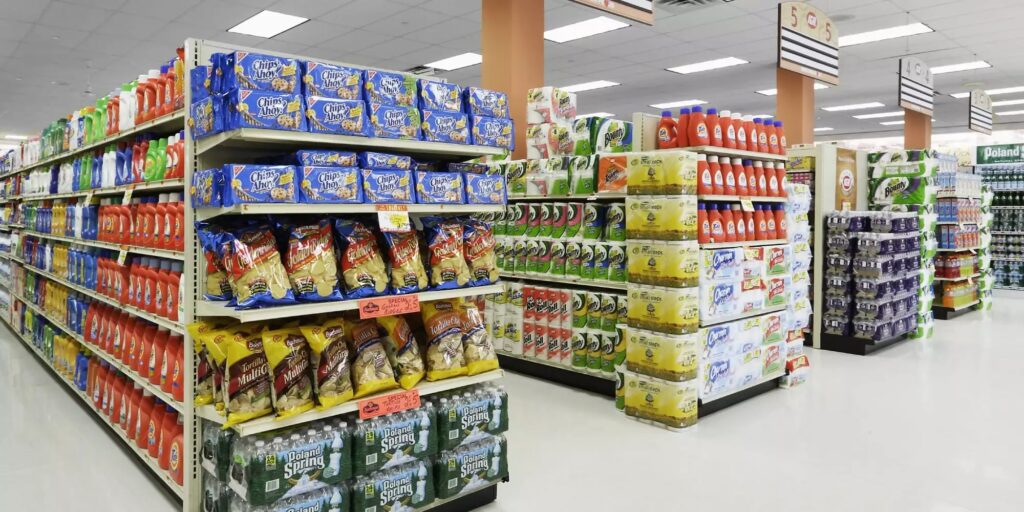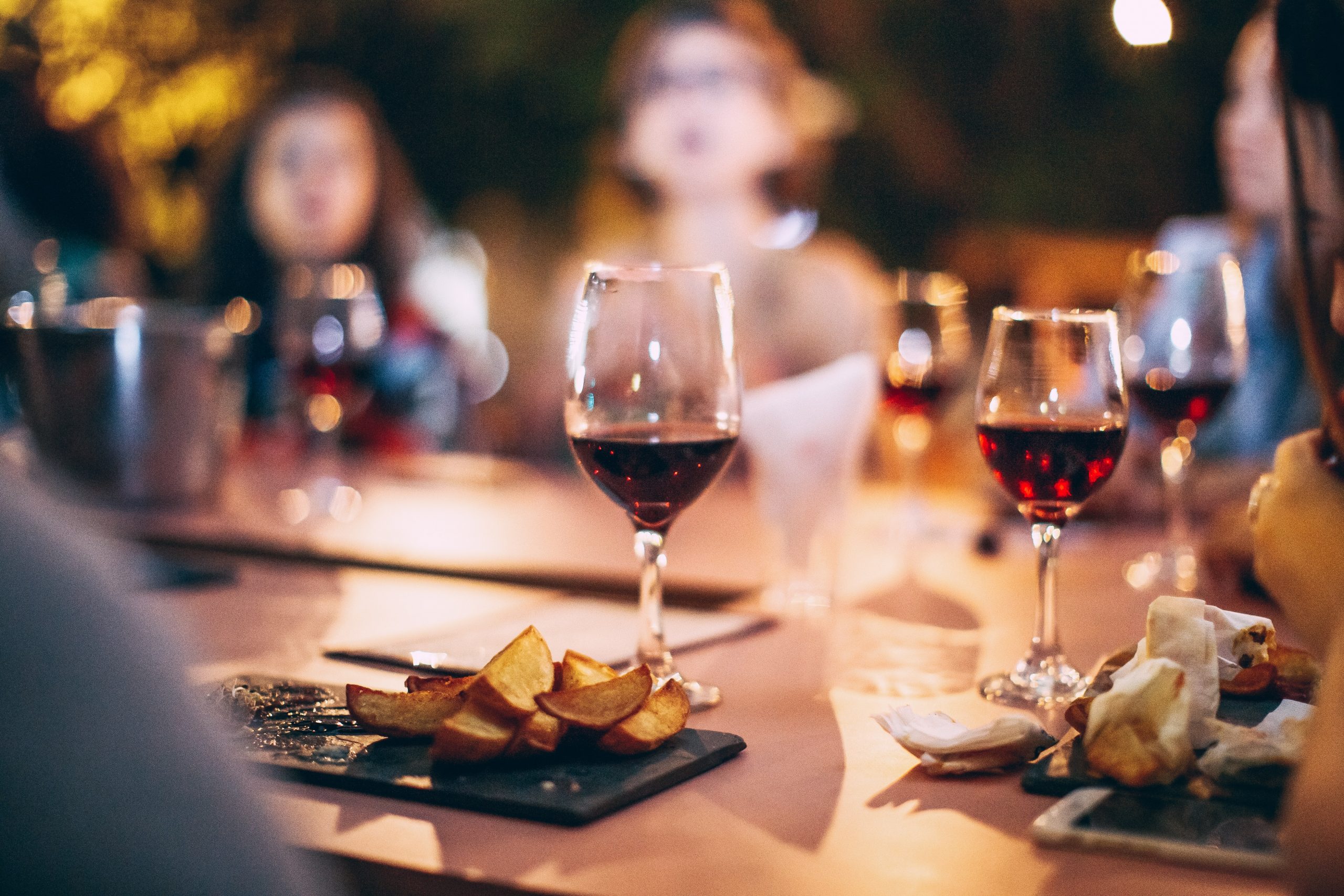When it comes to food, there are many different ways to package and store it. One way is by bottling it, which most people are familiar with. However, another way to store food is by jarring it. While bottling may be more common, jarring can have some benefits that packaging food in other ways might not have. In this blog post, we’ll explore some of the pros and cons of bottling and jarring food.
What are bottled and jarred packaged goods?
Bottled and jarred goods are foods that have been packaged in containers made of glass or metal. These containers can be sealed tight, which helps to keep the food fresh for a longer period of time. Bottling and jarring is often used for preserving food, as it can prevent spoilage and contamination.
What are the benefits of bottling and jarring food?
There are several benefits to bottling and jarring food, including:
1. Increased shelf life: Bottled and jarred foods can last for months or even years when stored properly. This is due to the airtight seal that these containers provide, which helps to keep oxygen and other contaminants out.
2. Improved flavour: Bottled and jarred foods often have a better flavour than those that are not packaged in this way. This is because the airtight seal helps to preserve the food’s natural flavours and nutrients.
3. Easy to transport: Bottled and jarred foods are easy to transport and can be taken with you on the go. This is due to their compact size and easy-to-carry packaging.
What are the disadvantages of bottling and jarring food?
There are some disadvantages to bottling and jarring food, as well. These include:
1. Cost: Bottling and jarring can be a costly process, as it requires special equipment and materials.
2. Time-consuming: Bottling and jarring can be a time-consuming process, as it often requires several steps to complete.
3. Requires special storage: Bottled and jarred foods must be stored in a cool, dark place to prevent spoilage. This can be difficult to do if you do not have the proper storage space.
Now that you know a little bit more about bottling and jarring food, you can decide if this method of packaging is right for you. If you are interested in trying it, be sure to purchase the necessary equipment and materials. And, remember to store your bottled and jarred foods in a cool, dark place to prevent spoilage.
History of Bottled and Jarred Packaged Goods
Canning is a method of preserving food that was first developed in the early 1800s. The process involves sealing food in airtight containers (usually jars or bottles) and heating it to a high temperature. This kills any bacteria that could cause spoilage. Canning was originally developed as a way to preserve food for soldiers during wartime. However, it soon became popular among civilians as well.
The first commercially canned food was soup, which was introduced by the French company Appert in 1809. Appert’s method of canning involved sealing food in glass bottles and heating them to a high temperature. This process became known as “Appertization.” In 1812, British inventor Peter Durand patented a similar process, which involved sealing food in metal cans. This process became known as “canning.”
Canning soon became popular in the United States, as it was a convenient way to preserve food for long periods of time. In 1858, John Mason patented a screw-top jar that made canning even easier. This type of jar is still used today.
During the 19th and early 20th centuries, canning was done primarily at home. However, industrial canning soon became popular, as it was a more efficient way to preserve food. Industrial canning began in the 1820s, and by the 1870s, there were more than 100 canning factories in the United States.
Packaged Goods in Jars and Bottles
Jars and bottles are two of the most common types of containers used for canning food. Jars are typically made from glass, while bottles can be made from glass or plastic.
Jars are often used to store fruits, vegetables, and other foods that do not require a lot of processing. Bottles are often used to store liquids, such as juices and soups.
Canning jars are typically made from heat-resistant glass, such as tempered soda-lime glass. Canning bottles are typically made from polyethylene terephthalate (PET), which is a type of plastic.
Jars and bottles must be sealed tightly in order to preserve the food inside. This is typically done with a lid that is screwed onto the jar or bottle. The lid creates an airtight seal that prevents oxygen and bacteria from entering the container.
Jars and bottles can be sealed manually or using a machine. Manual sealing is often done with a rubber gasket and a metal screw top. Machine sealing is typically done with a heat sealer.
Types of Bottles and Jars Used For Packing Food
There are many different types of jars and bottles that can be used for canning food. The type of container you use will depend on the type of food you are preserving.
Mason Jars: Mason jars are a type of glass jar that is often used for canning. Mason jars have a screw-top lid that creates an airtight seal.
Ball Jars: Ball jars are a type of glass jar that is often used for canning. Ball jars have a screw-top lid that creates an airtight seal.
Kerr Jars: Kerr jars are a type of glass jar that is often used for canning. Kerr jars have a screw-top lid that creates an airtight seal.
Canning Jars: Canning jars are a type of glass jar that is often used for canning. Canning jars have a screw-top lid that creates an airtight seal.
Glass Bottles: Glass bottles can be used for canning liquids, such as juices and soups. Glass bottles can be sealed with a screw-top lid or a heat sealer.
Plastic Bottles: Plastic bottles can be used for canning liquids, such as juices and soups. Plastic bottles can be sealed with a screw-top lid or a heat sealer.
Advantages of Using Bottles and Jars
There are many advantages to using bottles and jars for canning food. Bottles and jars are:
-Convenient: Bottles and jars are easy to use and easy to store.
-Durable: Bottles and jars are made from durable materials that can withstand high temperatures.
-Reusable: Bottles and jars can be reused multiple times.
-Recyclable: Bottles and jars can be recycled after they are no longer needed.
Final Words
Bottling and jarring food is a convenient way to preserve it for long periods of time. Bottles and jars are easy to use and easy to store, and they can be reused multiple times. When you’re done with them, bottles and jars can be recycled.












